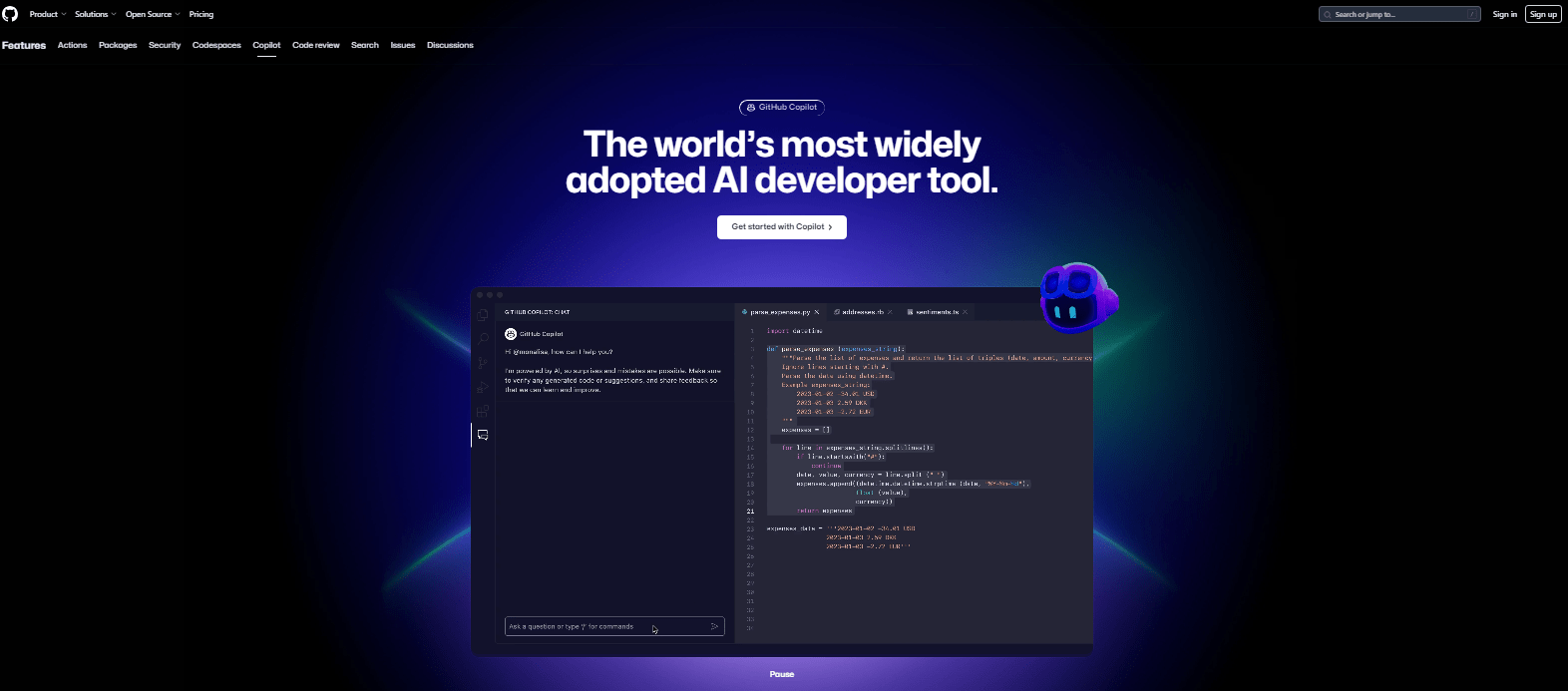In the ever-evolving realm of web development, HTML (Hypertext Markup Language) stands as the bedrock upon which the digital landscape is built. Whether you are a seasoned developer or a novice aspiring to dive into the world of coding, understanding HTML is the first step toward creating dynamic and visually appealing websites. In this article, we will unravel the fundamentals of HTML, exploring its origins, structure, and the pivotal role it plays in shaping the online experiences we encounter daily.

The Birth of HTML
HTML has come a long way since its inception in the early 1990s. Developed by Sir Tim Berners-Lee, a British computer scientist, HTML was created to facilitate the exchange of information between researchers at CERN (European Organization for Nuclear Research). The initial versions were simple, serving the primary purpose of linking documents with hypertext. However, as the internet burgeoned, HTML evolved into a sophisticated language that forms the backbone of virtually every webpage.
Understanding HTML Basics
At its core, HTML is a markup language that structures content on the web. It utilizes a system of tags to define elements within a document, enabling browsers to interpret and display content appropriately. To get started with HTML, one needs to comprehend the basic structure of an HTML document.
- Document Structure:
Every HTML document begins with the<!DOCTYPE html>declaration, which informs the browser about the version of HTML being used. Following this, the<html>tag encapsulates the entire document. Inside it, the<head>section contains meta-information, such as the title of the page and links to external resources. The<body>section encapsulates the content visible to users. - Tags and Elements:
HTML employs a vast array of tags, each serving a specific purpose. Tags are denoted by angle brackets and come in pairs – an opening tag and a closing tag. For instance,<p>represents a paragraph, with</p>marking its closure. Elements, on the other hand, are the entire construct between the opening and closing tags. - Attributes:
Tags often contain attributes that provide additional information about an element. For example, the<a>tag, used for creating hyperlinks, includes thehrefattribute to specify the destination URL.
Getting Hands-on: Writing HTML Code
Let’s delve into writing a simple HTML document to grasp the basics. Open a text editor and follow these steps:
<!DOCTYPE html>
<html>
<head>
<title>My First HTML Page</title>
</head>
<body>
<h1>Welcome to the World of HTML</h1>
<p>This is a basic HTML document.</p>
<a href="https://www.example.com">Visit Example.com</a>
</body>
</html>Here, we’ve created a minimal HTML document with a title, a heading, a paragraph, and a hyperlink. This serves as the foundation upon which you can build more complex web pages.
The Power of HTML in Web Development
HTML’s significance lies in its ability to structure content in a way that is both meaningful to browsers and accessible to users. It forms the structure upon which Cascading Style Sheets (CSS) and JavaScript build, shaping the visual appeal and interactivity of websites.
- Semantics:
HTML provides a set of semantic elements that describe the meaning of the content they enclose. Elements such as<header>,<footer>,<nav>, and<article>contribute to the clarity and structure of the document, making it more accessible to search engines and assistive technologies. - Multimedia Integration:
HTML supports the integration of multimedia elements, such as images, videos, and audio, enhancing the overall user experience. The<img>,<video>, and<audio>tags allow developers to seamlessly embed media into web pages. - Forms and Input:
Web forms, crucial for user interaction, are constructed using HTML’s<form>element. Input elements like text fields, checkboxes, and radio buttons enable users to submit information easily. The data collected from forms can be processed using server-side scripting languages. - Hyperlinks:
Hyperlinks, represented by the<a>tag, enable seamless navigation between web pages. HTML allows the creation of not only external links but also links within the same page (anchor links) for a smoother user experience. - Lists:
HTML supports both ordered and unordered lists using the<ol>and<ul>tags, respectively. List items are denoted by the<li>tag. This versatility allows developers to present information in a structured and organized manner.
Best Practices and SEO Considerations
As you embark on your HTML journey, it’s crucial to adhere to best practices to ensure your web pages are not only well-structured but also optimized for search engines.
- Use Semantic HTML:
Leveraging semantic HTML elements enhances the structure and meaning of your content. Search engines prioritize semantic markup, contributing to better search engine rankings. - Optimize Images:
Images play a pivotal role in web design, but they can also impact page loading times. Use the<img>tag with thealtattribute to provide descriptive text for images, enhancing accessibility and SEO. - Mobile Responsiveness:
With the increasing use of mobile devices, ensuring your web pages are responsive is crucial. Utilize responsive design techniques and the<meta name="viewport">tag to optimize your site for various screen sizes. - Descriptive URLs:
Crafting descriptive and user-friendly URLs not only improves the user experience but also contributes to SEO. Use relevant keywords in URLs to enhance search engine visibility.
Conclusion
In conclusion, HTML serves as the cornerstone of web development, providing the essential structure for creating captivating and functional websites. As you delve deeper into the world of coding, mastering HTML is an invaluable skill that empowers you to build dynamic, responsive, and visually appealing web pages. With its simplicity and versatility, HTML lays the groundwork for more advanced technologies, making it the ideal starting point for anyone venturing into the exciting realm of web development.
More Coding Tutorials here – https://digitalnerds.in/category/developers-coding-resources/




